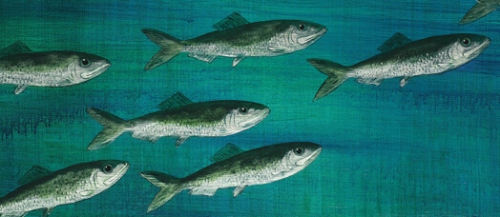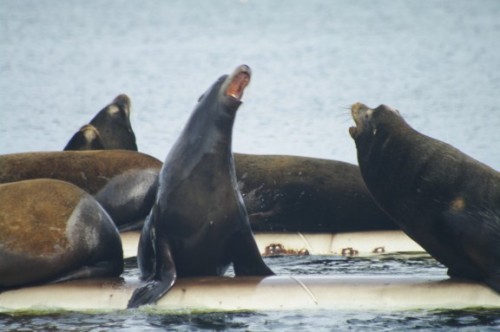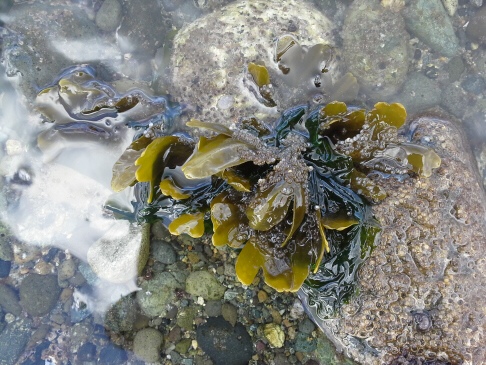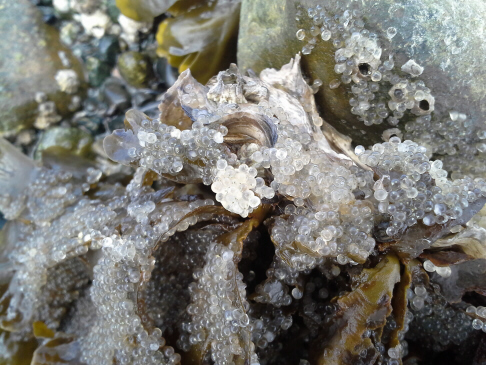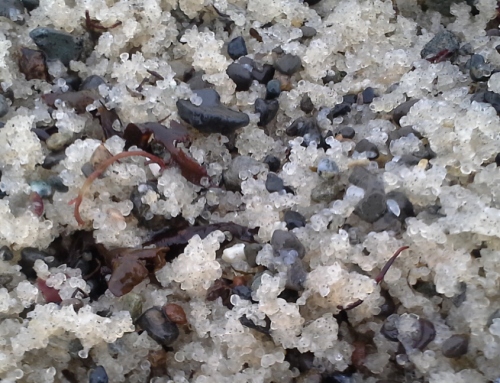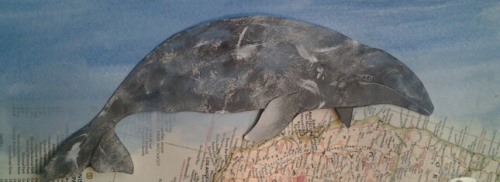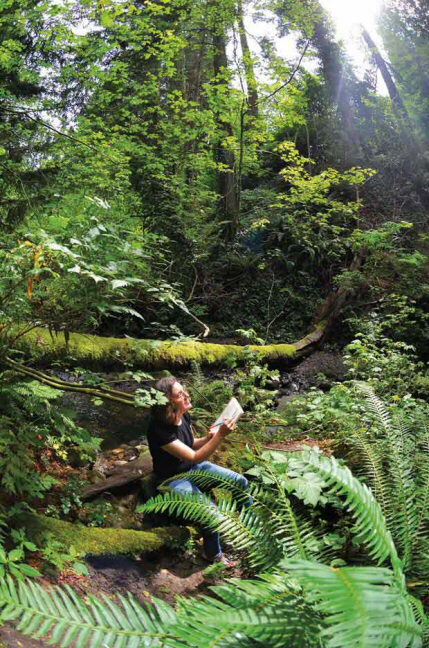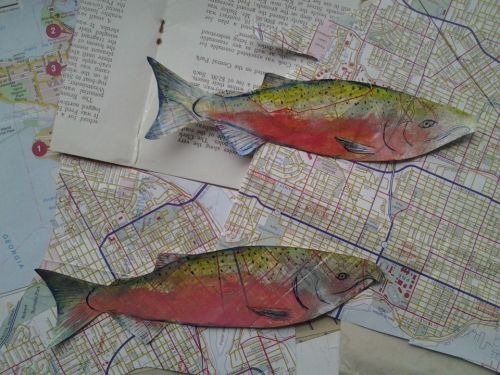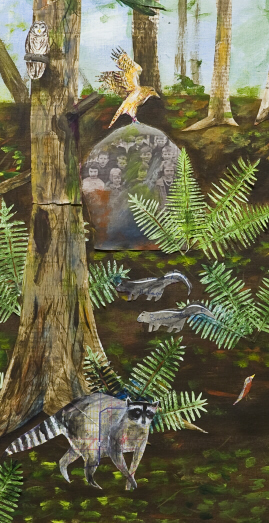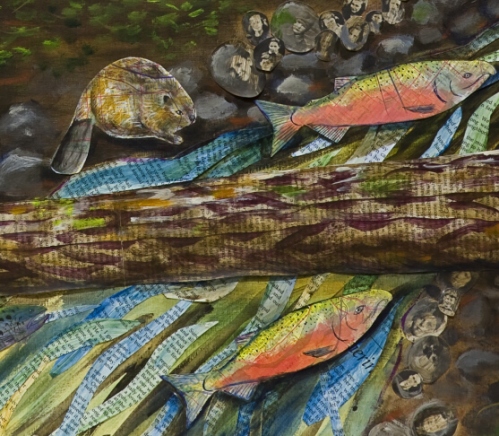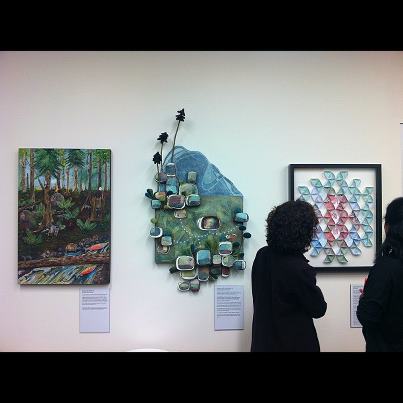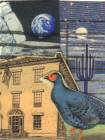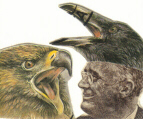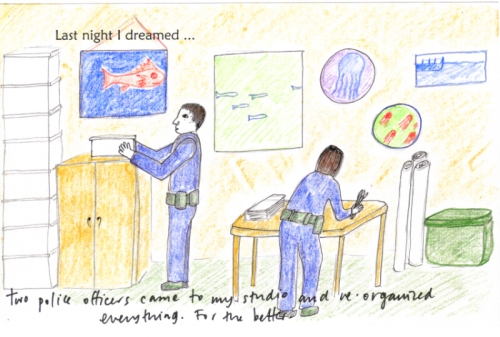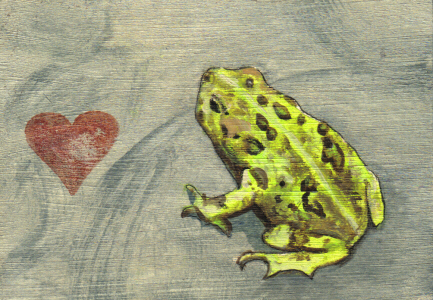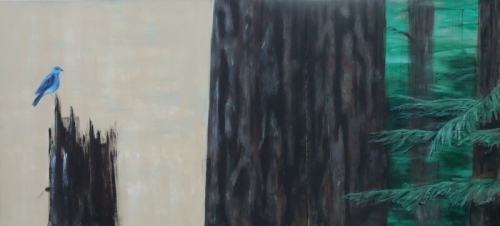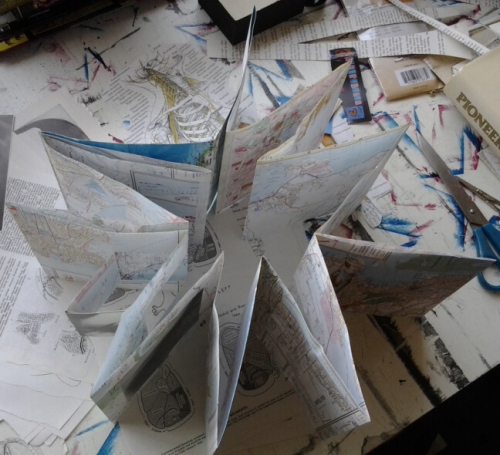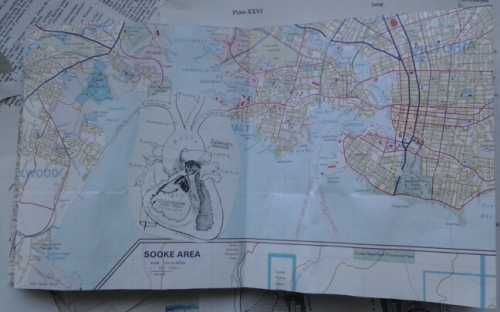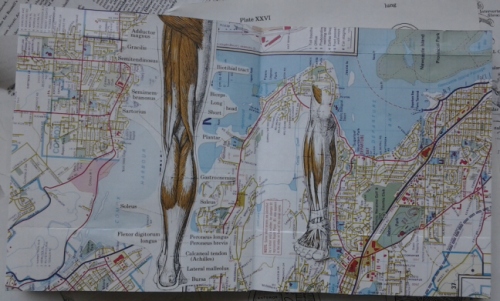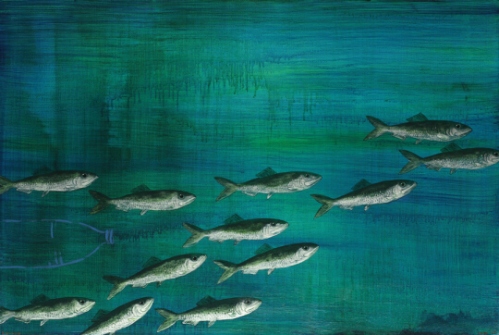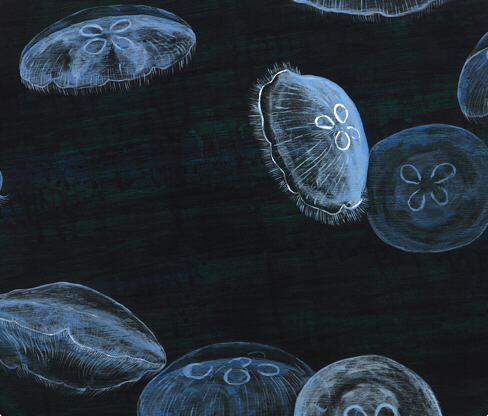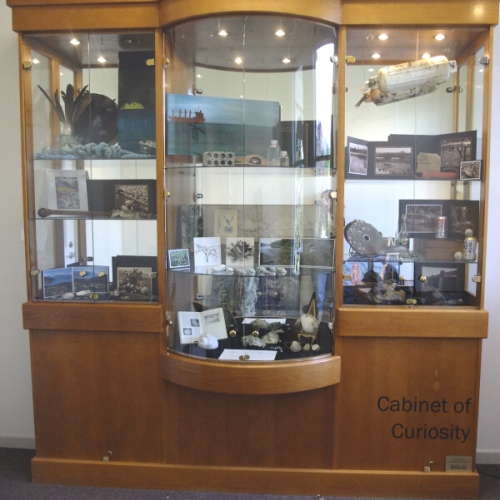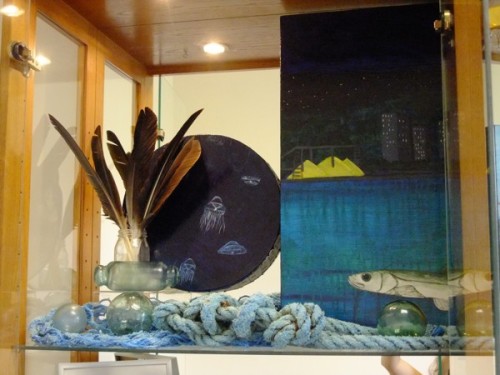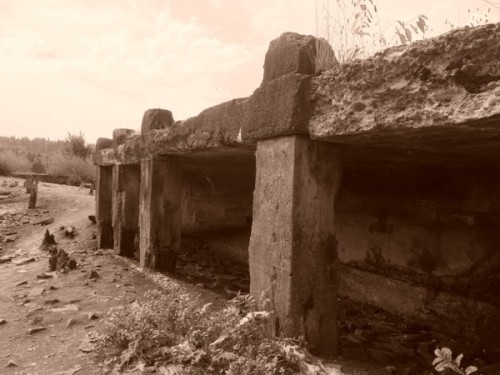There’s something about herring that I’m drawn to, over and over again. Maybe it’s the silver flash of their bodies in the water, maybe it’s the fact that they’re essential to our coastal BC ecosystems (food for pretty much everyone else) and yet in public consciousness largely overshadowed by the sexier wild salmon. Regardless of what it is, for a few years now I’ve been longing to see herring in action. You know, the actual SPAWN.
I came so close this year. In mid-March, I dragged my family to Parksville (under the guise of a family reunion, but the real driver for me was getting to the Brant Wildlife Festival and seeing those herring do their thing). In my ignorance, I thought the spawn itself (where the females birth their eggs in the eelgrass and seaweed, and the males ejaculate their sperm all over to fertilize them) would last a good 10 days. Instead, I was told by some very kind scientists that the spawn, though momentous, actually is a very brief and unpredictable event that is pretty much over in a night. So I missed it by about 5 days.
What I didn’t miss, though, was seeing the miracle of the herring roe—tiny, glassy balls clinging to seaweeds and rocks in the ocean and strewn along the beaches at low tide.
I also witnessed the thousands of gulls, brant geese, scoters and other seabirds who descend to feast on the roe.
And the sea lions who journey south from Alaska and north from California to partake in the incredible buffet. All that was deep, and rich, and satisfying.
But what was most mesmerizing for me was the herring roe:
Now that I’m back in my studio, I’m working with all of this to create new work. Stay tuned!
